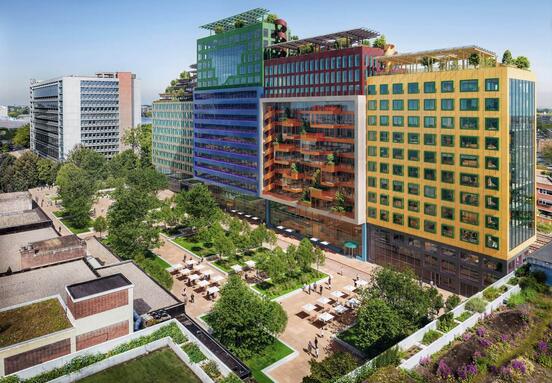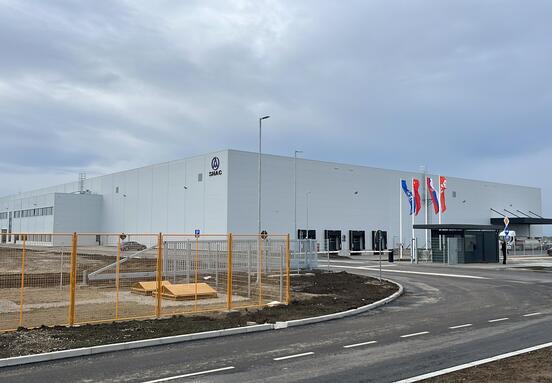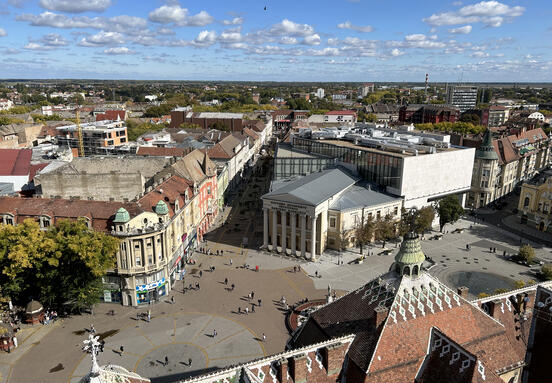During the pandemic, many companies introduced the practice of working from home. This meant that millions of square meters of office space around the world were gaping empty. Even when the threat of the pandemic passed, many decided to keep the possibility of working from home, at least a few days a week.
And while the offices are slowly being filled again, the question arises - is it worth maintaining an office that is empty or half-empty?
According to a survey conducted by the American real estate management company, Measurabl, the answer is "yes". And then, of course, comes the "but".
During the pandemic, electricity consumption in commercial buildings decreased significantly. But the return of people to these spaces did not increase the level of consumption that much, especially in "smart" buildings where it is possible to control the heating or cooling on floors and adjust its switching on and off when the largest number of people are there.
Even in buildings where energy efficiency and energy saving were not taken into account before, now they are taking care and introducing smart ways to save energy. ESG standards (environmental, social and corporate governance) have become an obligation for large companies (and according to the proposal of the EU directive, they should become an obligation for small and medium-sized companies as well) and greatly influence how companies refer to their offices and workspaces.
Considering that there is more and more talk about "carbon neutral" companies and the reduction of a company's impact on the environment, it can be expected that this trend will continue. This does not mean that there will be less people in the offices, but that during the construction of new buildings, more attention will be paid to smart energy management and energy saving when the premises are empty. We understand that it's not necessary to cool a floor where there is no one or keep the lights on in empty offices.
Source: Zimo.dnevnik.hr







